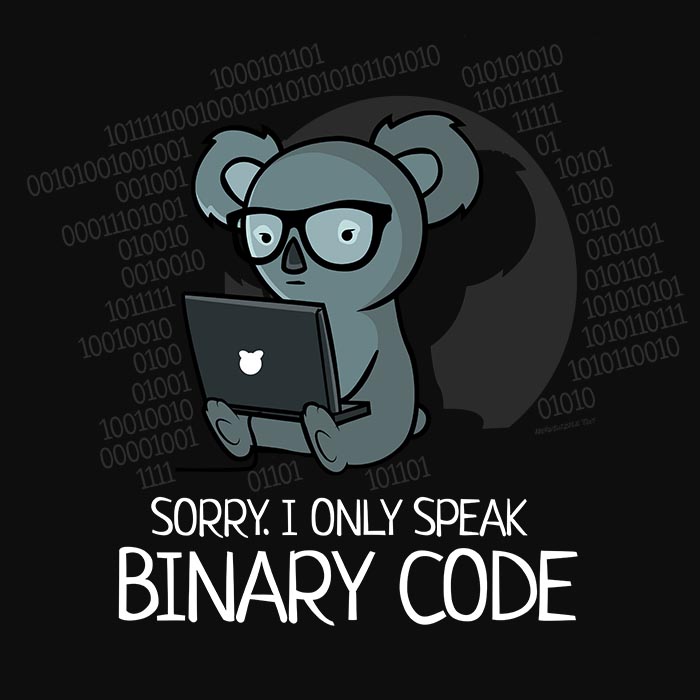Binary code: The Power Of 0&1
STARLOG.COM 0&1
"Binary code: The Power Of 0&1"
What is Binary Code?
Binary code is the language of computers. It's how you are reading this blog post right now, its 0&1. But how did we come up with this "Thing". Why were people so proud of it that they thought C# was going to be the only computer language?
The Basics of Binary
At its core, binary code is simple, yet it powers complex processes. Each binary digit (or ‘bit’) can be either a 0 or a 1. These bits are the smallest unit of data in computing, and when combined, they can represent any number or letter in the alphabet. For example, the binary code for the letter ‘A’ is 01000001.
How Binary Code Works
Computers use binary because they operate with an electrical current that can be either on or off, which corresponds to the 1s and 0s in binary. This makes it easy for computers to store and process data efficiently.
Binary and Data Storage
Data storage devices, such as hard drives and SSDs, use binary code to store information. When you save a document or photo, your computer converts that information into binary and stores it on the drive.
Binary in Programming
Programmers write software in programming languages that are more human-readable, like Python or Java. These high-level languages are then compiled down into binary code that the computer’s processor can execute.
Why Binary is Essential
Binary code is essential because it’s the universal language that all computers understand, regardless of brand, model, or operating system. It allows different devices and systems to communicate with each other, making it possible to transfer data across the globe in seconds.
Conclusion
Binary code may seem abstract, but it’s the fundamental language that enables all our modern digital experiences. From the smartphone in your pocket to the servers that power the internet, binary is the silent language that makes it all possible.

Comments
Post a Comment